Lynx’d For Life
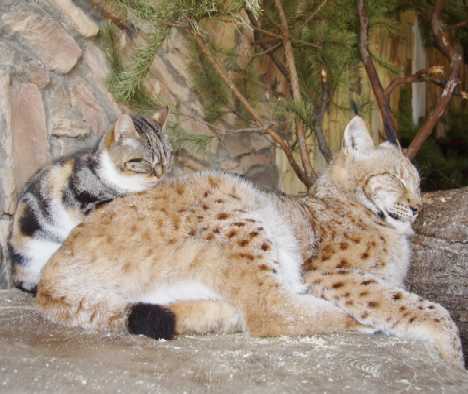
As time passed, Dusja spent more time in Linda’s enclosure and were often to be seen snuggling together, playing, and grooming one another. The Leningradsky Zoo was faced with a quandary: their longstanding policy was to house, care for and display only captive wild animals – in other words, no pets allowed.
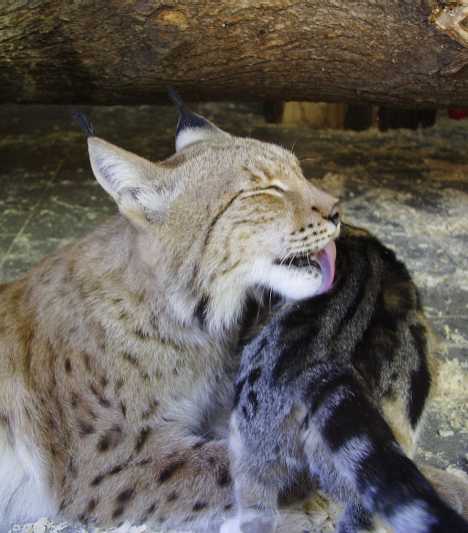
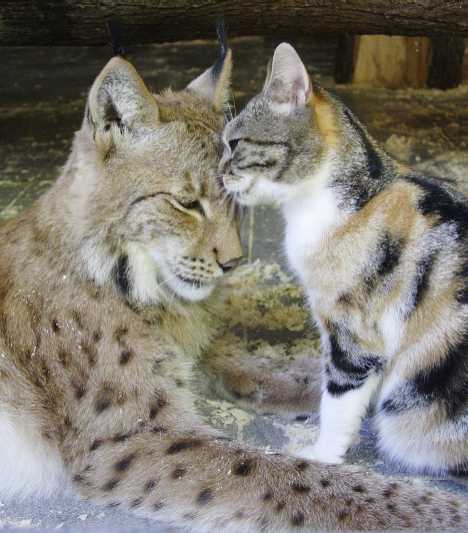
This time, however, the letter of the law was circumvented and the zoo officially “adopted” Dusja. It was a wise move, as the pair had began to attract attention and the number of visitors observing the frisky felines had been increasing.
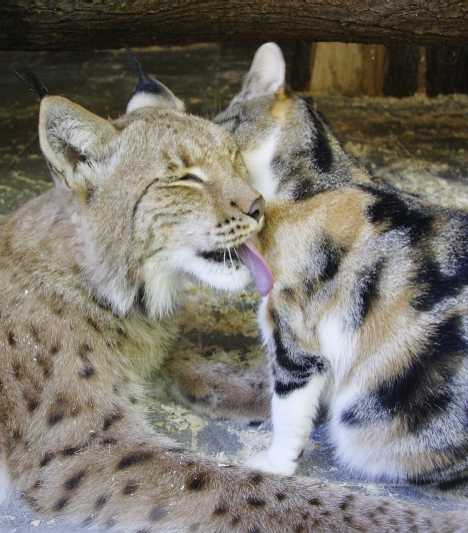
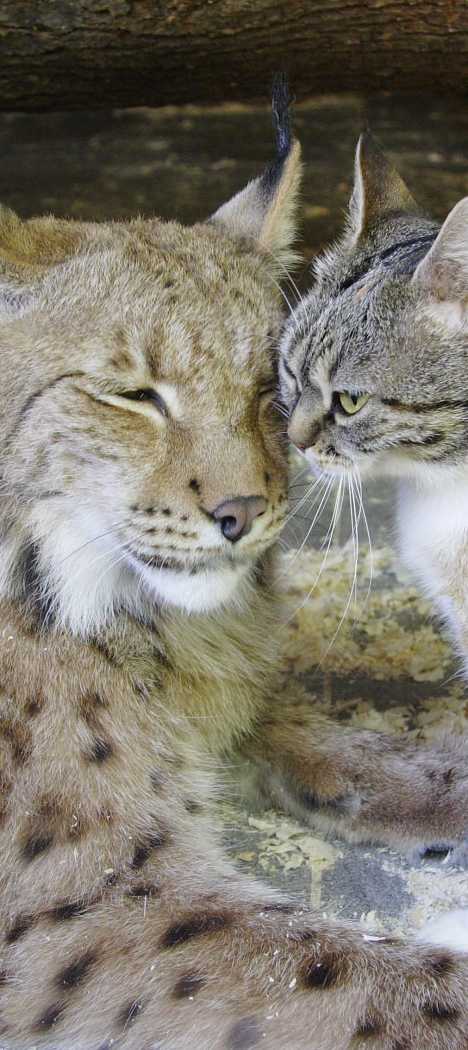
Seven years on, Dusja and Linda are still BFFFs – Best Feline Friends Forever – and the zoo’s only worry is that people who see how well the pair get along will assume that wild European Lynx’s are just as friendly. They’re not. Over 90% of the world’s European (or Eurasian) Lynx population lives in Russia and they can be found across the vast width and breadth of the world’s largest nation. Full-grown lynxes have frequently and successfully killed adult deer weighing to at least 150 kg (330 lb) and if encountered, they should be treated much the same as mountain lions: make noise, look big, and don’t run away. (images courtesy of WENN) 





